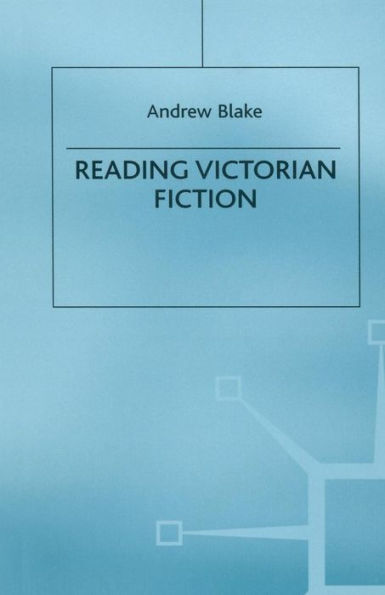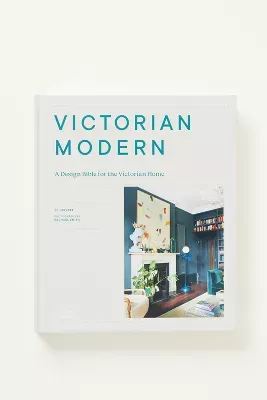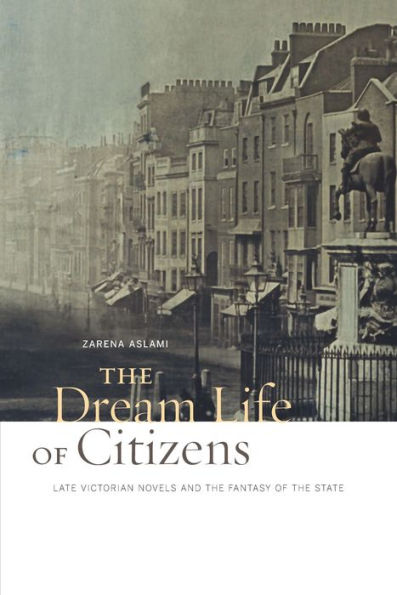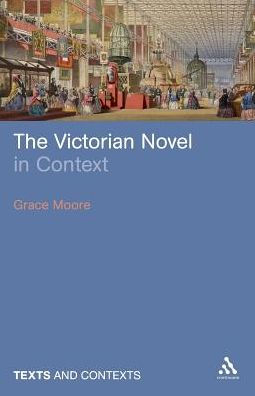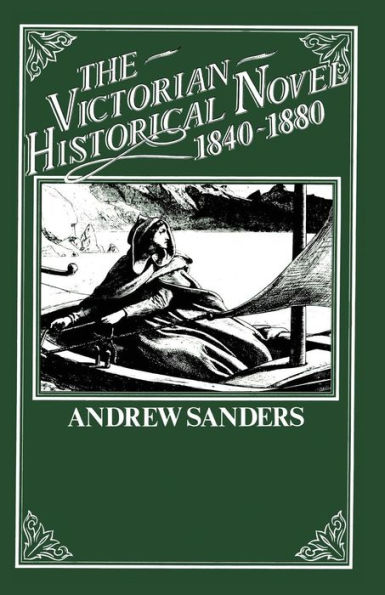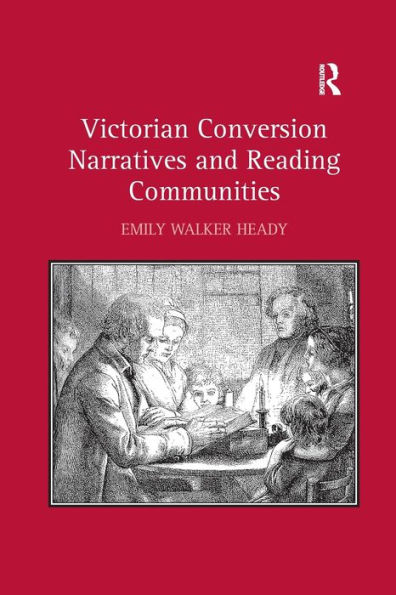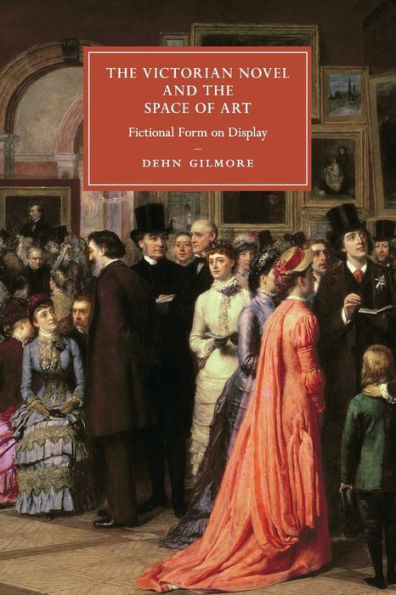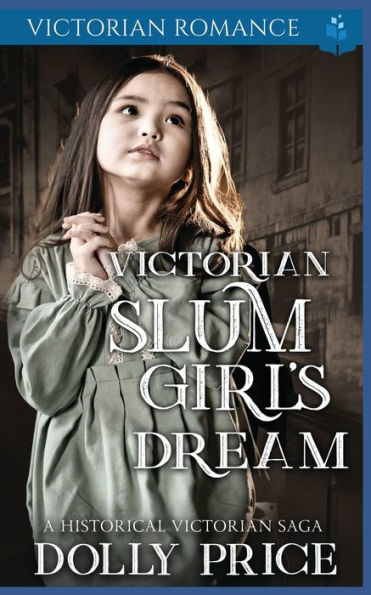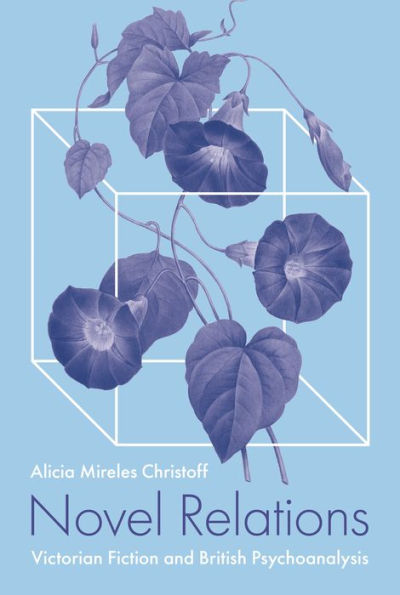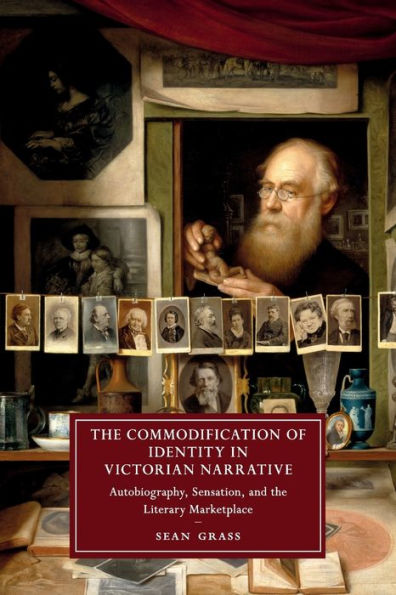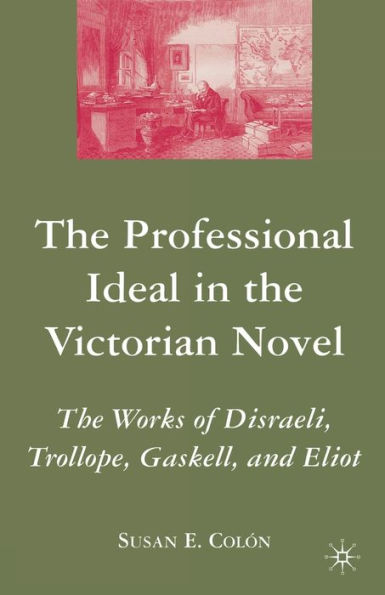Home
the Victorian Novel Dreams of Real: Conventions and Ideology


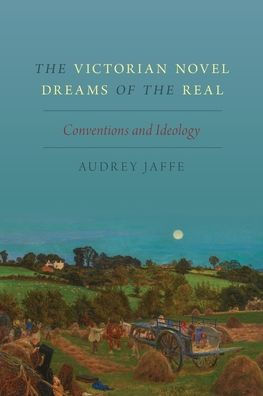
the Victorian Novel Dreams of Real: Conventions and Ideology
Current price: $110.00
Loading Inventory...
Size: Hardcover
Critical discussions of the Victorian realist novel tend to focus on its vivid representations of everyday life.
proposes that the genre is founded in desire, moving the novels not towards a shared reality but rather toward distinct fantasies: dreams of the real. Rather than simply redefine Victorian realism or propose a new canon for it,
argues that the real is inevitably, for the Victorian realist novel, an object of desire: what the novel seeks to capture and represent. A novel's construction of the real is therefore inseparable from its fantasy of the real--a formulation Audrey Jaffe refers to as "realist fantasy." One way in which this simultaneity manifests itself is that the conventions novels frequently use to represent characters' dreams, daydreams, and fantasies overlap with those each novel uses to create its realist effects. In new readings of Victorian novels (including Eliot's
, Dickens's
Hardy's
and
Trollope's
, and Wilkie Collins's
),
demonstrates that one of the signal effects of this overlapping is Victorian realism's construction of the real as an object of readerly desire. Jaffe shows that realism and fantasy in the Victorian realist novel are not opposed, but rather occupy the same space and are shaped by the same conventions. Revisiting and reconsidering key elements of realist novel theory (including metonymy; the insignificant detail; character interiority; the representation of everyday life and the idea of disillusionment),
also uncovers and anatomizes representational strategies unique to each text.
